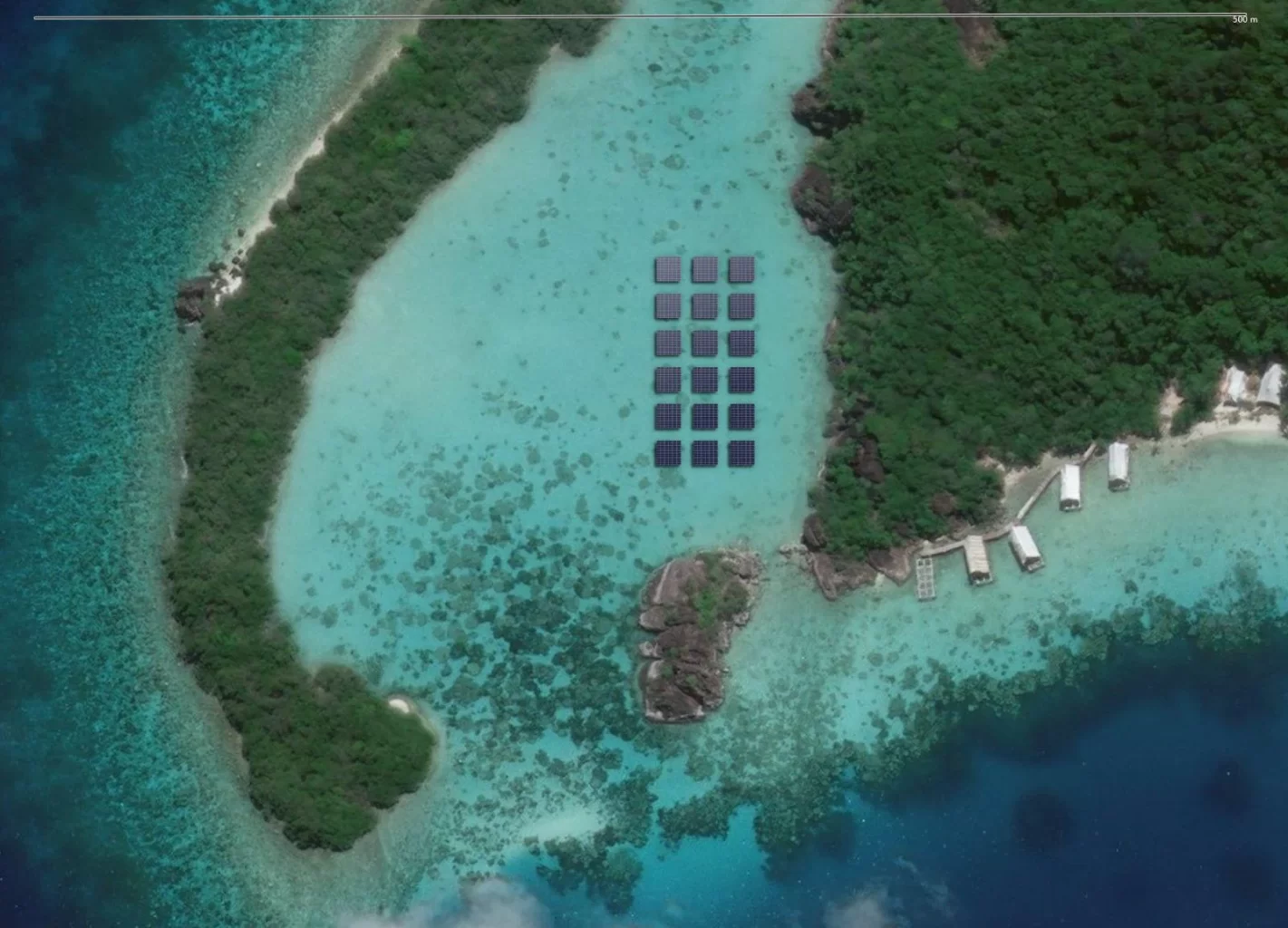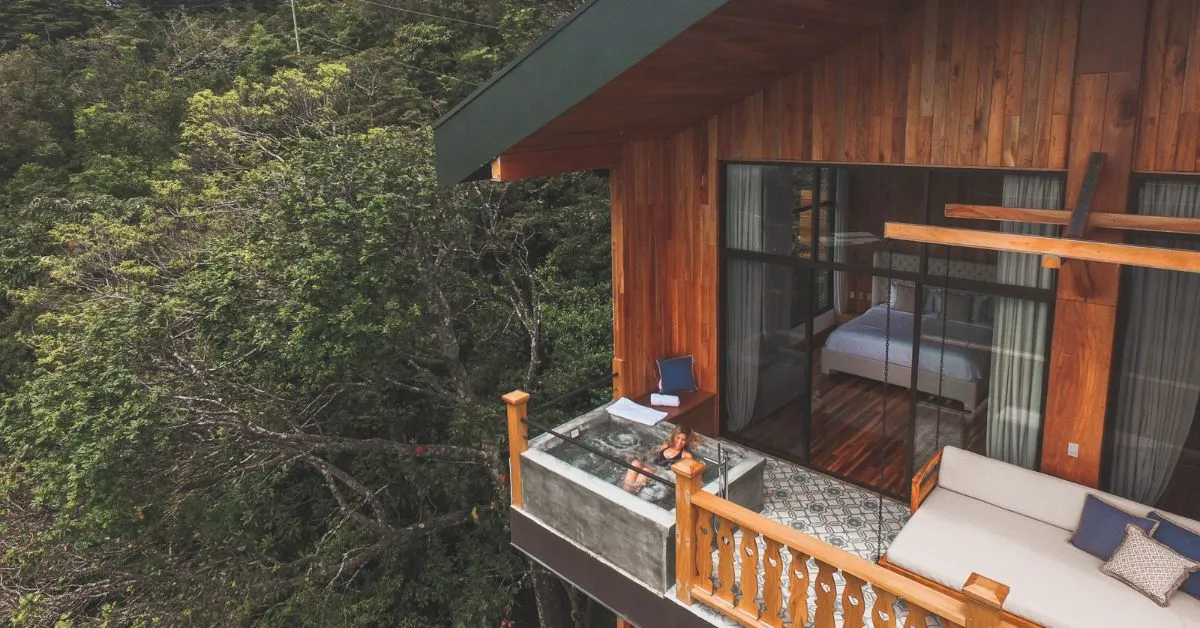As summer winds down and we return to our daily routines, many of us are already dreaming of our next great journey. But this year, why not choose some sustainable destinations that not only offer incredible experiences but also make a positive impact on the planet?
In 2024, travelers are more aware than ever of their role in combating the climate crisis. Studies show many want sustainable travel choices. In this article, we’ll explore five remarkable destinations that are leading the way in sustainability. These destinations offer mindful travel experiences that support both the environment and local communities.
Bawah Reserve, Indonesia
The remote Anambas Islands in the South China Sea feature six islands, 13 pristine beaches, three lagoons, and 100 hectares of lush forest. Bawah, a standout among them, is Indonesia’s first island powered by a renewable microgrid.
Visitors can explore 18 floating solar platforms, 90 rooftop panels, and 55 batteries that provide 40% of the island’s energy. The resort also focuses on sustainability, with restaurants using produce from permaculture gardens and aiming for zero food waste.

solar panels for electricity generation on Bawah. Source.
Bawah’s conservation efforts go beyond energy. Ninety-eight percent of its staff are Indonesian. The “ECOmmittee” meets monthly for turtle protection and beach clean-ups. More than 1,500 turtle hatchlings are protected from poaching and natural predators each year.
Rwanda, Africa
For an unforgettable adventure that aligns with sustainability, gorilla trekking in Rwanda is a must. The country is renowned for its commitment to conservation, particularly in protecting the endangered mountain gorillas within Volcanoes National Park. Beyond its wildlife efforts, Rwanda stands out for its innovative waste management, with Kigali often cited as one of Africa’s cleanest cities.

Gorillas in Rwanda.
Rwanda’s sustainability extends to green infrastructure and eco-friendly transportation. By banning single-use plastics and focusing on a circular economy, Rwanda continues to set a high standard for responsible tourism. This makes it an ideal sustainable destination for eco-conscious travelers in 2024.
San Pedro de Atacama, Antofagasta, Chile
Nestled in the high northern deserts of Chile, San Pedro de Atacama is home to Tierra Atacama, a luxury retreat renowned for its pioneering efforts in renewable energy and sustainability. This sustainable destination is celebrated for its dramatic landscapes, including sand dunes, hot springs, canyons, and geysers. Tierra Atacama stands out as a South American leader in eco-friendly practices. It was one of the first hotels on the continent to produce solar-powered electricity and is capable of supplying 100 percent of its water needs.
Tierra Atacama also supports local conservation projects and cultural preservation efforts, ensuring that its luxury experience contributes positively to both the environment and the local community.

Sight of San Pedro de Atacama, Source.
Saba, Dutch Caribbean
The tiny island of Saba, the smallest special municipality in the Netherlands, is making a name for itself as a sustainable tourism destination in the Caribbean. Despite its modest size – just 13 square kilometers – the island has implemented an impressive range of eco-friendly initiatives. A solar farm provides 35-40% of Saba’s energy needs, while a comprehensive recycling system and a ban on single-use. The island even has its own water bottling plant to reduce plastic waste.

Saba is ahead of the curve on climate neutrality, Source.
Additionally, Saba is home to the first marine lab in the Windward Islands of the Dutch Caribbean, dedicated to applied research. Saba offers a rich tapestry of natural beauty and sustainable practices. For those seeking an eco-conscious Caribbean escape, Saba provides a model of how small islands can lead the way in responsible tourism.
Monteverde, Costa Rica
As Costa Rica strives to become the world’s first carbon-neutral country and generates nearly 93% of its electricity from renewable sources, Monteverde stands out with its eco-conscious approach to tourism. The region features eco-friendly hotels, which incorporate energy-efficient technologies, water conservation measures, and waste reduction practices.
These hotels use local materials, recycling programs, and wildlife-friendly landscaping, supporting local biodiversity through conservation. Choosing these sustainable accommodations helps protect Monteverde’s cloud forests and supports its biodiversity, benefiting both the environment and the community.

Carbon-neutral hotels in Costa Rica’s could forest. Source.
As you plan your next journey, consider how choosing these sustainable destinations can contribute to a better planet. Ready to make your travels count? Let these destinations inspire a more thoughtful adventure.


